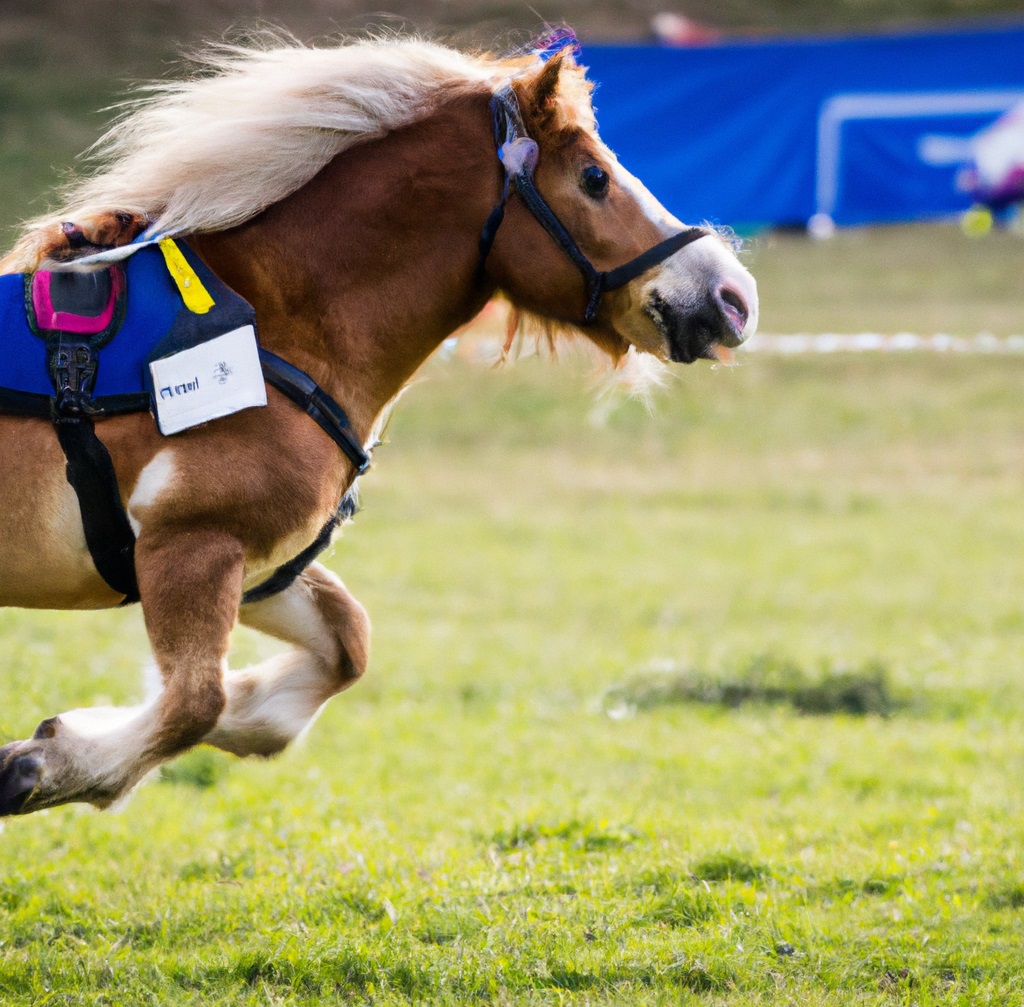
Capturing Motion: A Guide to Action Photography Techniques
In the dynamic world of photography, capturing motion is a skill that adds excitement and energy to your images. Whether you’re documenting sports events, wildlife in action, or the spontaneous movements of everyday life, mastering action photography techniques is essential. This comprehensive guide explores various methods, including panning, freezing action, and selecting the right shutter speed, to help you create dynamic and engaging images that convey the thrill and vitality of the moment.
- Understanding Shutter Speed: Shutter speed is a fundamental element in action photography. The choice of shutter speed determines whether you freeze a fast-paced moment or capture a sense of motion. A fast shutter speed (1/500s or faster) freezes action, making it ideal for sports photography, while a slower shutter speed (1/30s or slower) introduces motion blur, conveying a dynamic sense of movement.
- Freezing Action with Fast Shutter Speed: When the goal is to freeze action, a fast shutter speed is crucial. This technique is ideal for capturing fast-moving subjects, such as athletes in motion or wildlife in flight. Experiment with high shutter speeds to ensure crisp and sharp images, freezing every detail of the dynamic moment.
- Panning for Dynamic Effect: Panning is a technique where you follow a moving subject with your camera, allowing the background to blur while keeping the subject relatively sharp. This imparts a sense of speed and direction, creating a dynamic and visually compelling effect. Panning works well for subjects like racing cars, cyclists, or runners, adding a feeling of movement to your photographs.
- Selecting the Right Autofocus Mode: The right autofocus mode is crucial when capturing fast-moving subjects. Continuous or AI Servo autofocus mode helps track and maintain focus on a subject in motion. This ensures that your moving subject remains sharp, even as it changes position within the frame.
- Anticipating the Decisive Moment: Action photography often involves anticipating and capturing the decisive moment—the peak of the action that tells the story. Pre-focus on the area where the action is expected to occur, and be ready to press the shutter button at the precise moment to freeze or convey the motion effectively.
- Utilizing Burst Mode: Burst mode, or continuous shooting, is a valuable feature for action photography. It allows you to capture a rapid sequence of images with a single press of the shutter button. This increases the likelihood of getting the perfect shot during dynamic and fast-paced scenes.
- Considering Composition: Composition remains important in action photography. Pay attention to the framing, background, and overall aesthetics of the image. Use techniques such as leading lines and dynamic angles to enhance the sense of motion and draw the viewer’s eye to the main subject.
- Experimenting with Motion Blur: Intentional motion blur can add a sense of dynamism and energy to your images. Experiment with slower shutter speeds to capture controlled motion blur, highlighting the movement while maintaining clarity in the main subject. This technique is particularly effective in conveying the speed of a subject.
- Post-Processing for Impact: Post-processing plays a role in fine-tuning your action shots. Consider adjustments to contrast, sharpness, and color to enhance the visual impact. Crop or straighten images as needed to further refine the composition and draw attention to the key elements of the action.
Conclusion:
Capturing motion is an exhilarating aspect of photography that demands a combination of technical skill and creative intuition. By understanding the role of shutter speed, freezing action, employing panning techniques, selecting the right autofocus mode, anticipating the decisive moment, utilizing burst mode, considering composition, experimenting with motion blur, and fine-tuning in post-processing, you can master the art of action photography. Embrace the challenge, practice your skills, and let your images tell the dynamic stories that unfold in the fast-paced world around you.
Search blog
Recent articles
- Travel Photography Tips: Documenting Your Adventures Through the Lens December 31, 2023
- Understanding Depth of Field: A Guide to Achieving Striking Focus December 31, 2023
- Environmental Portraiture: Telling Stories Through Captivating Portraits December 31, 2023
- The Power of Post-Processing: Enhancing Your Photos with Editing Techniques December 31, 2023
- Capturing Motion: A Guide to Action Photography Techniques December 31, 2023